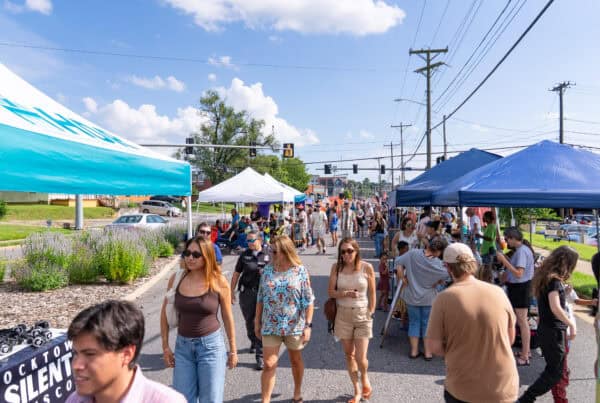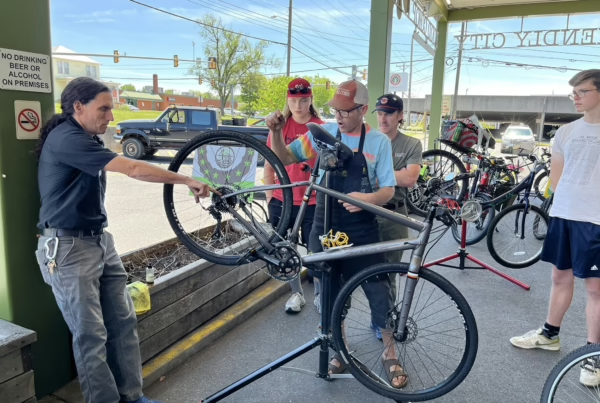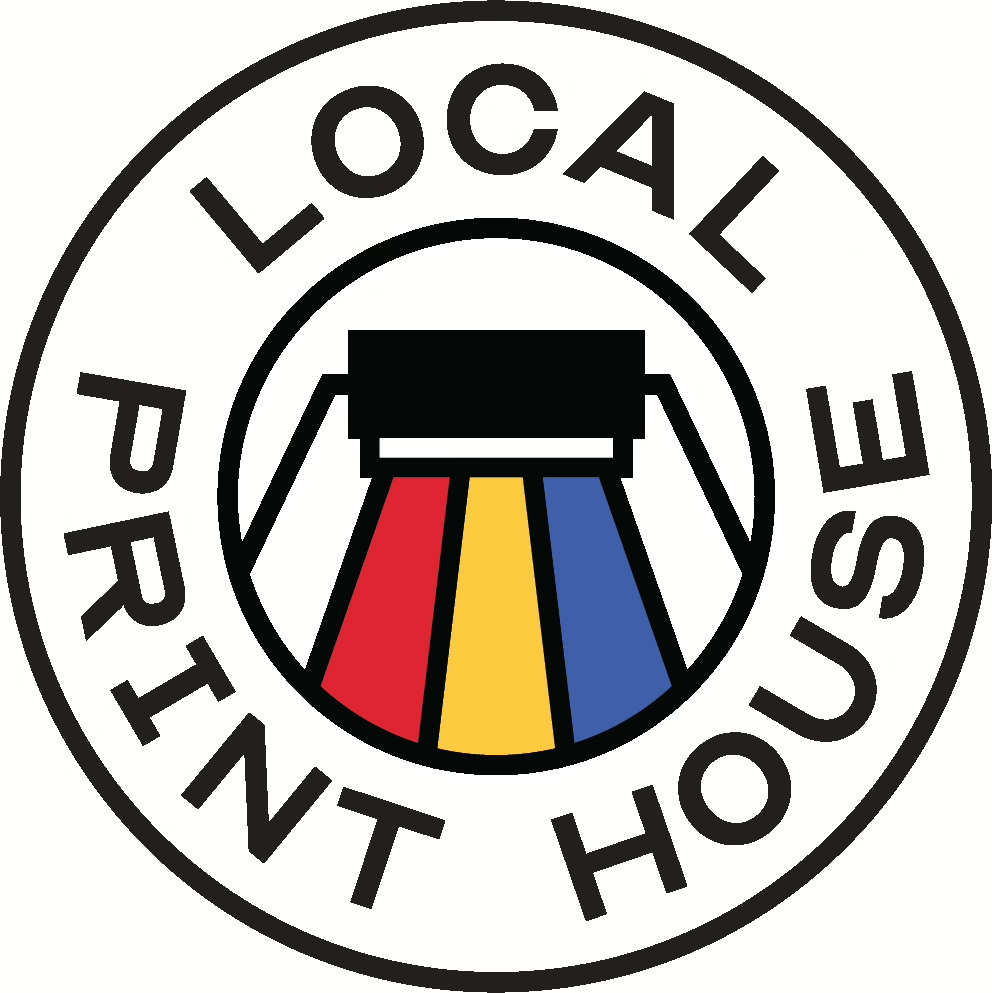What if we subsidized self-storage units the same way we do cars? How could parking spaces be repurposed to make our city more resilient?

Originally appeared on The Friendly City Urbanist Substack (You should subscribe!) Jul 10, 2024
A few months ago, we went to the Massanutten Waterpark with my niece and nephews, and needed a place to safely store our belongings. The only option available was to rent a locker for $30. Every family in line (that had paid hundreds of dollars for admission to the park) didn’t bat an eye at having to rent approximately two square feet of space for a few hours at a cost of about $15 per square foot. To put that number in context, median rent for an apartment in Harrisonburg is about $1.66 per square foot per month.
An absurd proposal
The cost of that locker got me thinking about the value and pricing of storage units, and I’ve come up with an absurd proposal for Harrisonburg. With the growing market demand for self-storage units, it’s time for the city to step up and do two things:
- The city should pass an ordinance to require every business, developer, landlord, and organization in the city to provide every resident/customer with a 9’ by 18’ storage unit. Businesses and landlords may raise the price of their goods and services to cover the cost of the units, but these charges should not show up on the sales receipts or on lease forms. We want everyone to believe they are actually free, even though the business owners and landlords will simply factor the cost of these units into the price of their goods and services.
- The city should provide every resident of a single-family home and every visitor to the city with at least one 9’ by 18’ self storage space to store their personal property. These storage units should be conveniently located on public land downtown, and on public property in front of every single-family detached house. They should be free of charge for the users and paid for from the city’s general fund.
Why should Harrisonburg do this? Because many people have more belongings than they have space for, and many people want a free place outside of their home to store the stuff they own. It’s good for the local economy for consumers to buy more things. And who among us hasn’t been inconvenienced by not having a secure location to store our personal belongings? Paying for a storage unit out of our own pockets is far too expensive — a 10’ by 20’ storage unit in Harrisonburg currently goes for around $200 a month. That amounts to price gouging. It’s time for the city do something about it!
If this proposal sounds ridiculous and unreasonable, you should know that the city already does this. Like most other American towns and cities, Harrisonburg requires developers to build a certain number of spaces for people to temporarily store their personal property, provided that the personal property has four wheels and is registered with the DMV. The city also provides most residents of single-family detached homes with space to store their personal property on the public street. Residents in permit parking zones near JMU campus pay a fee of $5, which isn’t even enough to cover the cost of city staff time to process and issue the permit, let alone the land and the pavement.
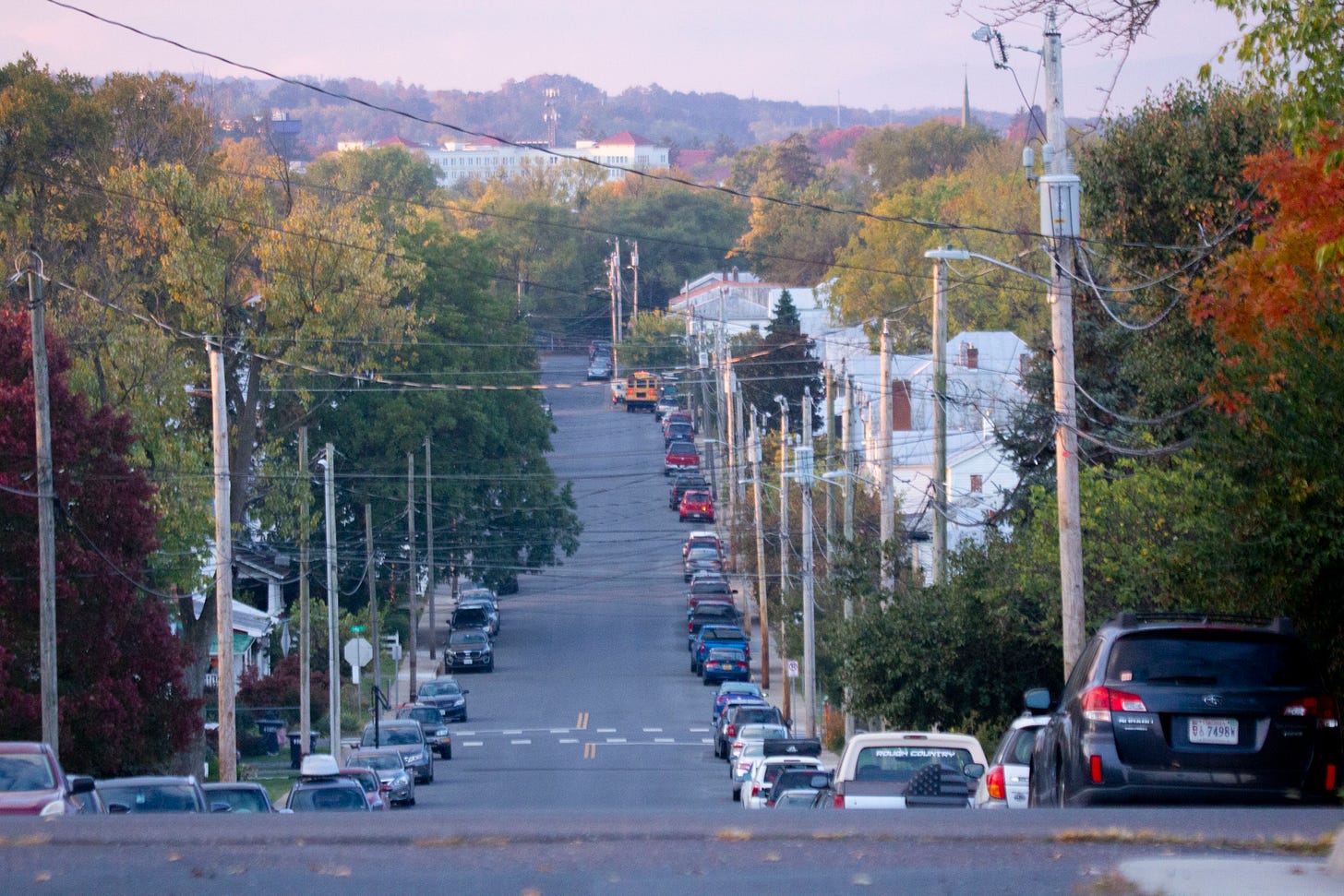
What is the true cost of one parking spot?
It’s difficult to put an exact price on every space in Harrisonburg because there are so many variables. Surface parking spaces generally cost anywhere between $1,500 and $10,000 to construct (including the value of the land they occupy). For parking decks, it gets much more expensive. According to Parking Reform Network:
A cheap structured stall costs $20,000 and in many cities $40K-$60K per stall is common. Underground parking can easily double the per-stall cost. As a general rule, $10,000 in construction costs adds $100/mo in needed rents. Conventional parking minimums can increase the rent or mortgage required for an apartment or house by $200-$500 per month.
Parking permits in Harrisonburg tend to reflect that higher cost of structured parking. Employees at the largest local employer in Harrisonburg and Rockingham County pay anywhere from $50 to $600 per year for one parking permit, while students pay $300 a year. Downtown parking permits cost $480 per year.
But what about on-street parking? I asked city staff for estimates of how much land Harrisonburg allocates to car parking — not just the public lots and decks, but on-street parking as well. I found that Harrisonburg currently has no estimate for the total acreage of public land devoted to private automobile storage, nor is there an estimated dollar amount for the value of those spaces.
There’s a vacant lot in my neighborhood selling for $100,000 for 7,405 square feet (there’s no house or existing structure on the lot). That breaks down to $13.50 per square foot. One parking space is between 132 and 160 square feet (not including the space required to maneuver the car in and out of the space). This works out to somewhere between $1,782 and $2,160, not including construction/repaving costs. Public Works staff said that the cost of repaving one on-street parking space is approximately $200 (excluding land value). Streets in the city are generally repaved every 10-15 years.
Parked cars occupy between 20 to 40 percent of the total paved space on most residential streets, depending on the width of the street. The city devotes a tremendous amount of land and pavement to store people’s private property. I suspect the total subsidy for all that “free” parking is easily in the tens of millions of dollars, possibly hundreds of millions. If any GIS hobbyist reading this would like to take a stab at estimating how many jellybeans are in the jar, let’s talk.
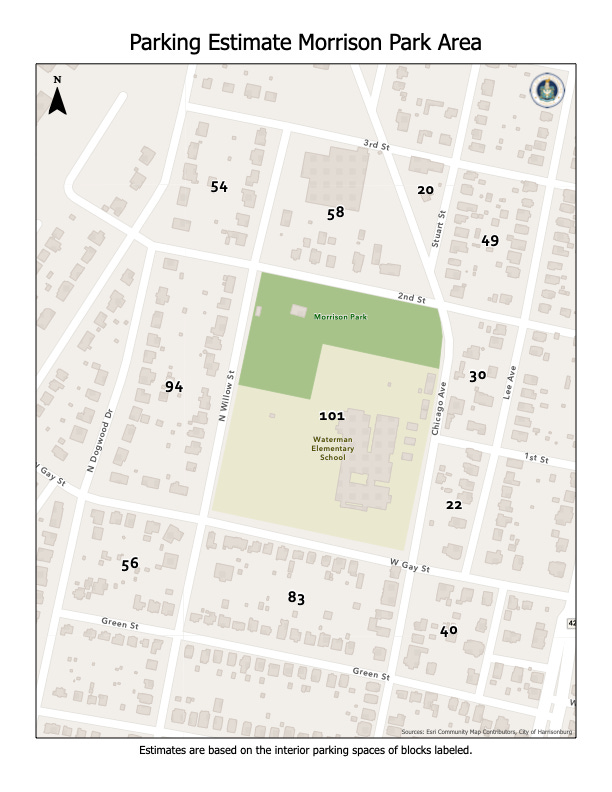
City IT staff created a visual estimate for on-street parking in 11 blocks of the Morrison Park neighborhood. This is broken down by block, based off a length of 20′ for an on street parking spot, along with City Code guidelines for parking which include:
No parking 15′ from fire hydrants
No parking 20′ from street corners
No parking 30′ from stop signs
With those areas (as well as sections where on-street parking is prohibited) excluded, staff came up with an estimate of 607 spaces for one 11-block area around Waterman Elementary School. Thanks to city staff for compiling that data.
Parking is anything but free. Just because you don’t put money in a parking meter, or see a “parking fee” line item on your receipt from Walmart or a on your monthly bills doesn’t mean you’re not paying for it. Yet most of us simply assume that parking should be free everywhere we go. If the city charged motorists for what the parking spaces are actually worth — not the $5 residential permits we have now — imagine the political backlash from homeowners who have grown accustomed to having their personal property storage subsidized by the city for decades.
If you’re thinking, “that’s what my personal property taxes pay for,” tell that to renters who live in apartments. Apartment-dwellers pay the exact same rate of personal property tax as single-family home dwellers — a tax based on value, not on the size or weight of the vehicle. Renters also pay their landlord to cover the landlord’s property taxes, as well as the cost of the car storage spaces that the city required the apartment developer to build on private land. Apartment-dwellers generally do not receive the benefit of the city providing them with public space in front of their residence to store their personal property. In a city that provides homeowners with subsidized public parking, residential off-street parking minimums amount to a defacto tax on renters.
Like self-storage units, storage space for automobiles is a need many people have. Unlike storage units however, municipal governments in the US have mandated and subsidized car storage for decades, leading to car-dependency that is further entrenched by keeping these policies in place. There’s an insidious absurdity to a self-imposed policy that undermines our own goals for housing, transportation, walkability, and reduction of carbon emissions.
Imagine if some of the space currently devoted to car storage could be turned into housing, park strips, parklets, protected bike lanes, or green space.
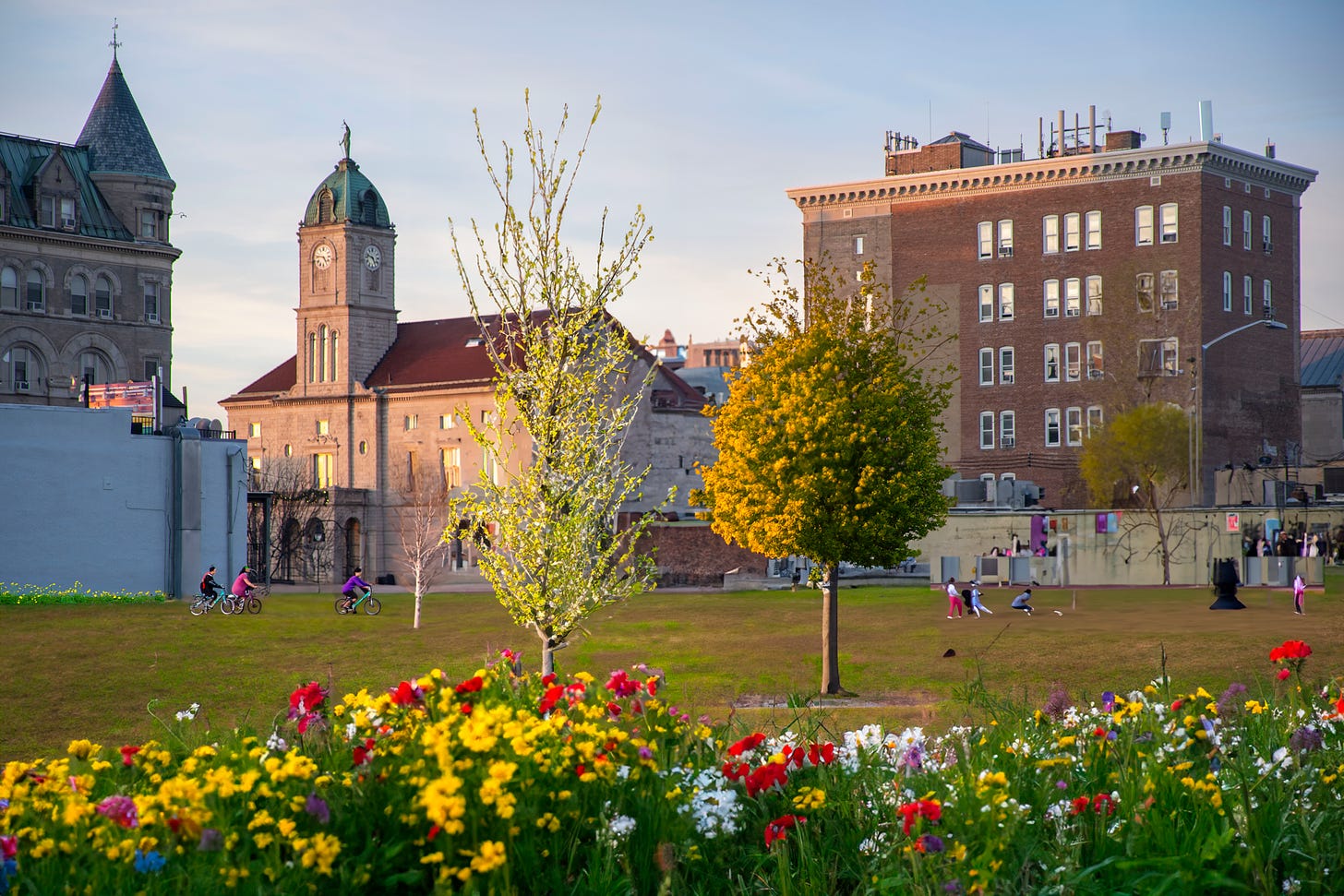
I’m generally not a fan of AI-generated images, but they can sometimes be helpful as we begin reimagining what a place might look like if we replaced parking lots with housing and green space. We can do better than this awkward computer-generated image, and more importantly, we can do much better than the car-centric status quo we have today.
